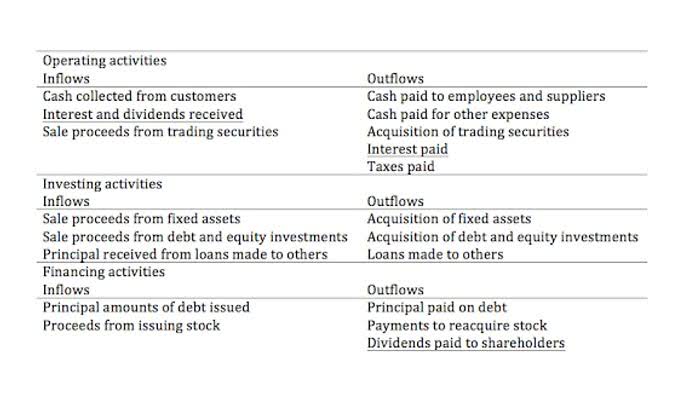
Decreases in assets are recorded by credits, so Cash will be credited for $150. T-accounts t accounts can also be used to record changes to the income statement, where accounts can be set up for revenues (profits) and expenses (losses) of a firm. For the revenue accounts, debit entries decrease the account, while a credit record increases the account. On the other hand, a debit increases an expense account, and a credit decreases it.
Inadequate for Accrual Accounting
Create separate T-accounts for different income sources like wages, interest, or business income. Loan officers and credit analysts use T-accounts to assess the financial health of potential borrowers. They analyze a business’s T-accounts for assets, liabilities, and equity. While T-accounts provide a structured framework for recording transactions, they offer limited flexibility in reporting formats. Businesses often require customized reports tailored to specific stakeholder needs, regulatory requirements, or industry standards. For instance, auditors often rely on historical transaction records and documentation to validate financial statements during financial audits or regulatory inspections.

What are T Accounts? – Comprehensive Guide – Conclusion
In double-entry bookkeeping, a widespread accounting method, all financial transactions are considered to affect at least two of a company’s accounts. One account will get a debit entry, while the second will get a credit entry to record each transaction that occurs. While a T-account focuses on a single transaction or series of transactions, a general ledger account compiles all the transactions for a particular account over time.
- By account, we mean a summary record of all transactions relating to a particular item in a business.
- They use them to visually represent the flow of money through a business.
- So, the next time you encounter a T-account, remember, it’s not just a fancy T.
- For more examples and detailed explanations, check out our section on journal entries examples.
- Ever wondered what’s going on behind the scenes when you enter information into an accounting software?
Prepaid Rent Account

But there’s another important consideration that often gets overlooked – taxes. This is the same as the previous transaction, just on the opposite side – we enter the transaction on the credit (right) side of the bank T-account. As you can see, when recording a transaction in a T-account, we record the date of the transaction too. In this case, the credit to Service Revenue boosts income, while the debit to Accounts Receivable shows the money to be collected. The articles and research support materials available on this site are educational and are not intended to be investment or tax advice. All such information is provided solely for convenience purposes only and all users thereof should be guided accordingly.

With taxable accounts – like standard brokerage accounts or savings accounts – there are no tax breaks when you put money into the account. But your contributions typically avoid taxation Certified Public Accountant when you put money in a tax-deferred account. In this,the cash account goes up by $1,000 (debit), and the sales revenue account also goes up by $1,000.
- A T-account can have many different types of transactions within it but they must always follow this same basic format.
- Credits increase revenue because you’re recording income on account (crediting accounts receivable), which hasn’t been collected as cash yet but still represents income earned.
- Although it may lack the detail which the ledger provides, it provides the main information, which is the amount it’s being debited/credited by.
- This way, you can easily visualize your progress and stay motivated on your savings journey.
- As previously mentioned, an account is the summary record of all transactions relating to a particular item in a business.
They help visualize the double-entry bookkeeping system, the core principle that governs how financial transactions are recorded. This deeper grasp empowers accountants to analyze financial data with greater confidence and interpret its implications for the business. Conversely, credits show increases in liabilities and equity and decreases in assets and expenses. Remembering which goes where might take some practice, but don’t worry. Now, this T becomes your battleground for recording financial transactions.

Understanding the difference between credit and debit is essential for this process. Due to Bookstime the fortunate ‘T’ shape, these diagrams can be used to map out transactions before they are posted into the company’s ledgers to ensure they are correct. One is to teach accounting since it depicts the flow of transactions through the accounts in which they are maintained in a transparent manner. For the same reason, a second use is to clarify more challenging accounting operations.